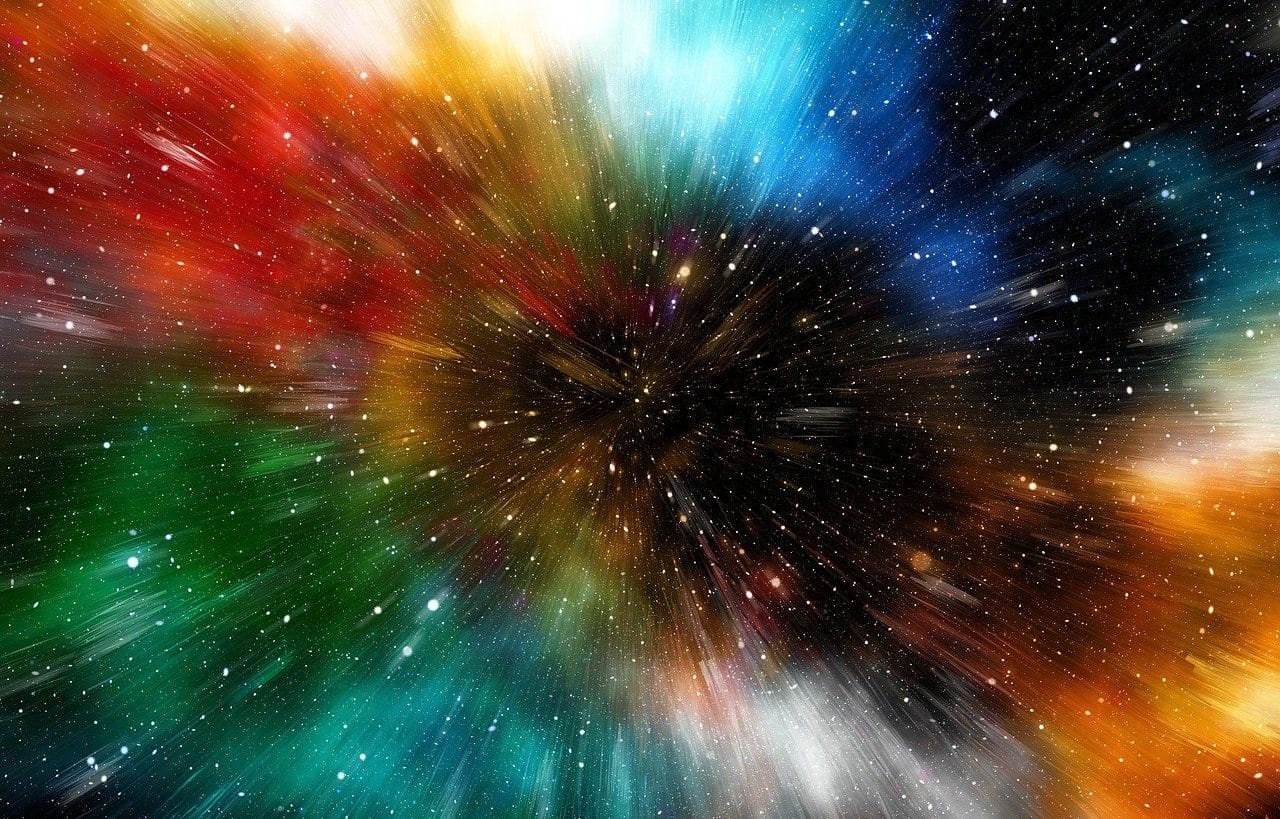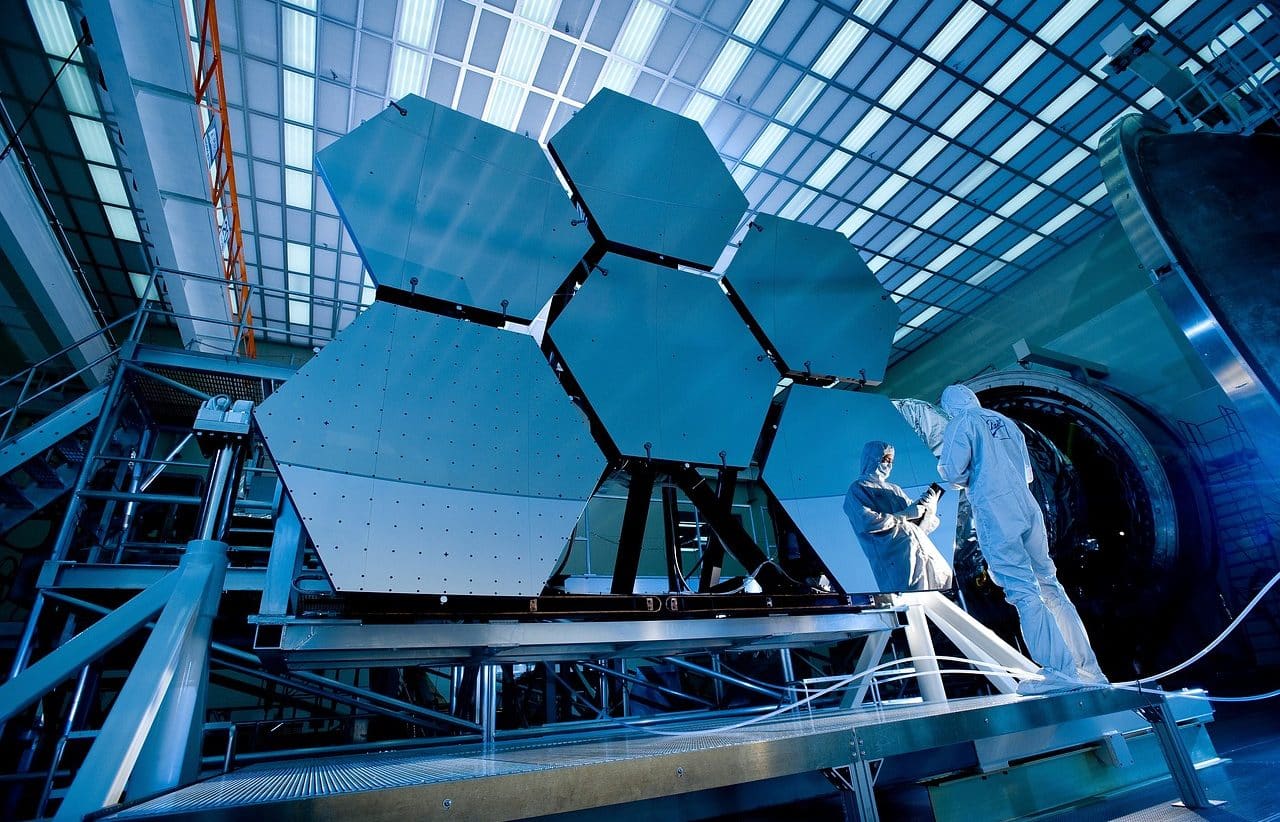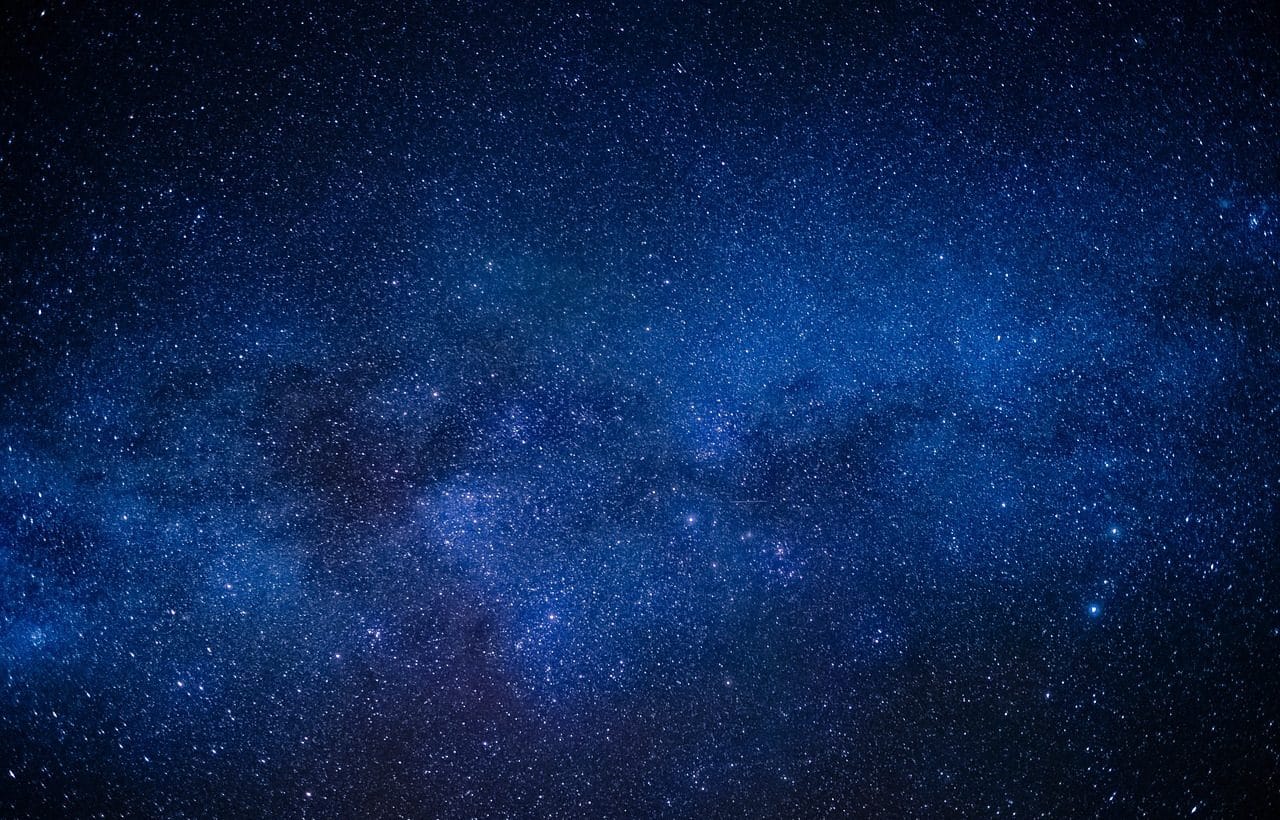
The expansion of the universe can be observed through spectroscopy.
The expansion of the universe is a process that has developed since its origins and that involves a progressive increase in the distances between its largest structures (superclusters and galaxy clusters ). This assumes that the universe is in constant motion , something that emerges from various equations and observations.
To understand the expansion of the universe , we must consider the characteristics of space-time , the model that unites space and time into a single continuous object. According to Albert Einstein 's theory of general relativity , all physical events take place in said space-time.
Continuing with this line, it is understood that space and time are not absolute . The expansion of the universe is due to the fact that space changes and grows according to a certain metric, which represents that clusters and superclusters are not actually moving or moving on their own.
In recent decades, various theories have emerged that maintain that universal expansion is accelerating, a position accepted by the scientific consensus. In any case, said cosmic acceleration has been questioned by a Swiss scientist in 2023 .
Discovery of the expansion of the universe
The expansion of the universe was discovered from the contributions of various physicists and astronomers. In 1912 , the American Vesto Slipher warned that the nebulae being analyzed at the time showed a red shift .
According to the Doppler effect , the red shift of electromagnetic radiation occurs when the emitting source moves away. On the contrary, the blue shift occurs if the emitter gets closer.
What Slipher did was notice the redshift of the nebula spectra. Twelve years later, Edwin Hubble established that the nebulae in question were galaxies (groups of stars linked by gravity).
Hubble y Milton Humason, partiendo de la medición de las distancias entre las galaxias y del cálculo de la velocidad reflejado por los corrimientos al rojo, establecieron que las galaxias se alejan a una velocidad que resulta directamente proporcional a su distancia. Esa relación fue bautizada comoHubble's law y luego pasó a conocerse comoHubble-Lemaître law (por el trabajo del francés George Lemaître). En la formulación matemática de esta ley aparece una constante de proporcionalidad que recibe el nombre de Hubble constant.
These discoveries made it possible to establish that groups of galaxies move away from each other uniformly, causing what is known as the expansion of the universe. The rate of said expansion could also be calculated.
It is important to keep in mind that universal expansion does not affect systems whose components are linked by gravity . Therefore, it does not modify the distances that exist between the atoms of a body or between our planet and the Sun, for example. The same happens with the distance between galaxies that are part of the same cluster.

The James Webb Space Telescope helped measure the expansion rate of the universe.
The Big Bang
The Big Bang is the instant in which space, time and matter were formed. It can be noted that the Big Bang was a kind of enormous explosion that made possible the appearance of energy , matter and antimatter in the universe about 13.8 billion years ago.
With the Big Bang , we went from a highly unstable quantum vacuum state to an inflationary phase. The theory of cosmic inflation states that this instance occurred in a very short period of time and generated a very rapid expansion of the universe, which then slowed down until it accelerated again.
It is estimated that more than 300,000 years passed between the Planck time (the shortest period of time that can be measured) until the temperature of the universe decreased sufficiently and the stability of the atoms was achieved.
It was Alexei Friedmann who, taking into account the primordial conditions of the universe and starting from equations proposed by Einstein , maintained that the universe is in constant expansion. Today their descriptions are referred to as Friedmann equations .

If the expansion of the universe is indefinite, most scientists maintain that at some point the big freeze (thermal death) will be reached.
The acceleration of the expansion of the universe
In the late 1990s , it was discovered, by calculating the distances between the most distant objects, that the rate of expansion of the universe stopped slowing down at a point in history and accelerated again. This could be corroborated by gamma ray bursts and other resources.
This change from cosmic deceleration to acceleration is usually attributed to the beginning of the dominance of dark energy in the universal composition. This component, proposed at a theoretical level, would have a highly negative pressure.
Starting from this consideration, and understanding that the universe is a macroscopic system that tends to a state of equilibrium by being subject to the laws of thermodynamics , the reason for the acceleration of expansion is explained.
In 2023 , however, Swiss physicist Lucas Lombriser questioned not only the acceleration, but even the expansion of the universe. For Lombriser , it is not possible to rely on new physical forces or particles that serve as justification for expansion and acceleration. According to mathematical interpretations, this scientist maintains that the universe is static and that the supposed expansion is, in reality, an evolution of the mass of the particles.
